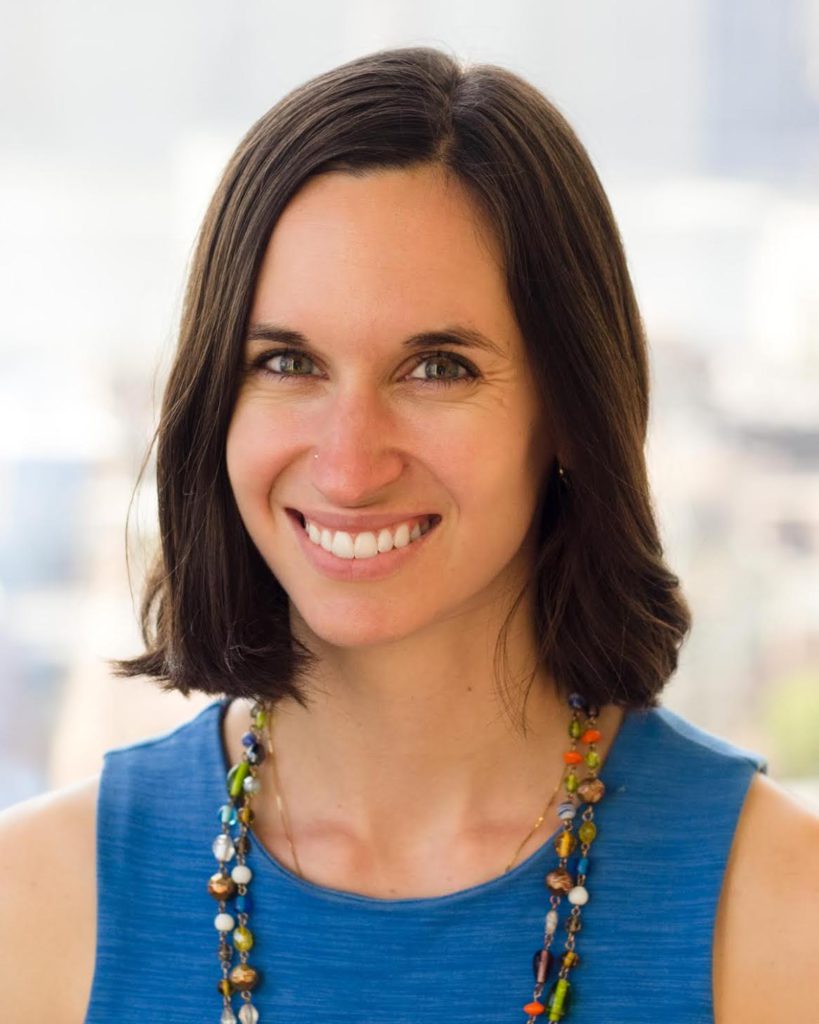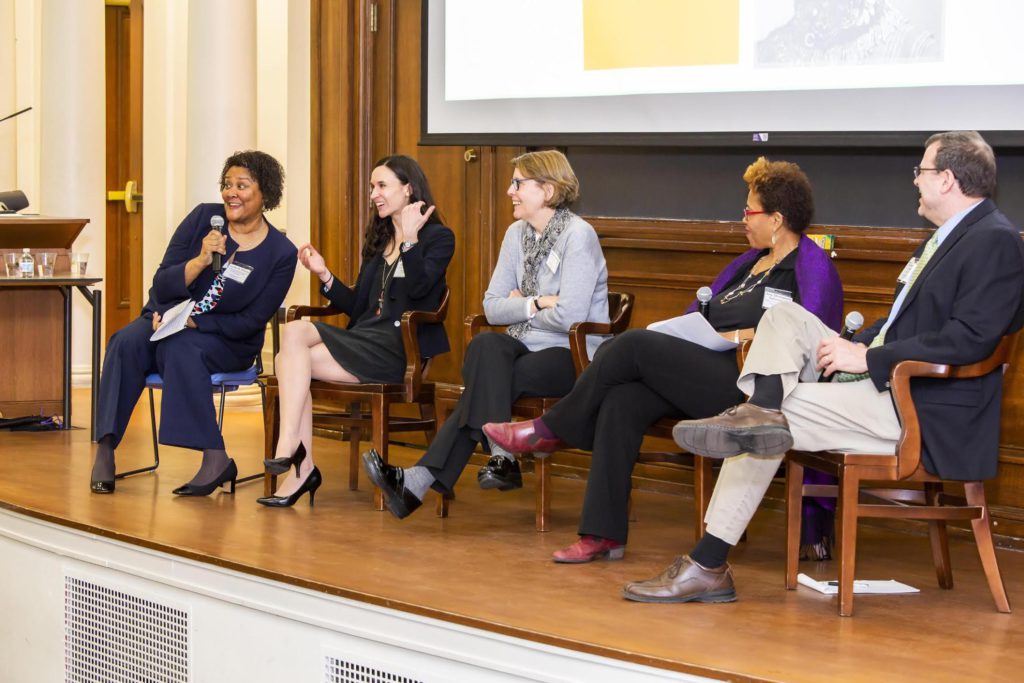Ella Wagner is the American Conservation Experience EPIC Women’s History Fellow with the Cultural Resources Office of Interpretation and Education (CROIE), working to support the 19th Amendment Centennial Commemoration for NPS. She is also a PhD candidate in US and Public History at Loyola University Chicago. Her research examines the politics of race and immigration within the women’s temperance movement of the Gilded Age and Progressive Era. In 2019, she curated a digital exhibit for the Frances Willard House in Evanston, Illinois. It examines an 1890s conflict between Willard, a prominent temperance leader, and the journalist and anti-lynching activist Ida B. Wells over Willard’s racist statements and the broader story of discrimination in American women’s movements. (You can view the exhibit at www.willardandwells.org.) Ella has also worked for the National Collaborative for Women’s History Sites, the Newberry Library, and the Social Science Research Council. She spent one sunburned summer delivering architecture and history tours from boats on the Chicago River. She lives in Washington, D.C. with her husband and two cats.

Q: How long have you been in your position with ACE and how long is your full fellowship?
A: I started in February, 2020 and my fellowship is a little over a year long.
Q: What is a typical day like for you?
A: My job focuses on supporting the 19th Amendment Centennial Commemoration and expanding women’s history throughout the National Park Service. Daily, I typically do a mix of research, writing, and project management work. One of my biggest projects has been writing more content for the NPS.gov women’s history site, which is the hub of all our amazing 19th Amendment resources. To write a piece like this one on suffragist Inez Milholland, for example, I’ll spend a few hours collecting and reading sources, a few hours writing a first draft and getting feedback, and some more time editing and fine-tuning the article so that it’s clear, concise, and at the right reading level. We also want the women’s history site to outlast the suffrage centennial and really highlight the broad range of women’s history that can be found at our parks and NPS-managed places. To do that, I’ve written content on women in public health and medicine and am planning other features that will highlight topics like women in the labor movement and in politics after suffrage.
While I am technically stationed at the Main Interior Building in downtown Washington, D.C., since mid-March I’ve been working out of my apartment, where thankfully I have enough space for a desk!
Q: What has been your biggest highlight so far?
A: I’ve loved getting to work with staff at different parks, learning more about the stories of those places and the amazing work that interpreters do every day to communicate them to visitors. I’ve provided some help with women’s history research and writing to a few different parks, including Muir Woods National Monument in California. I worked with a park guide there, Elizabeth Villano, to investigate the history of women’s involvement in redwoods conservation in the early 1900s. That project turned into a webinar on finding and sharing untold stories that I really loved putting together. We learned a lot both about the importance of this women’s movement in saving these parks for future generations, and about the ways that the movement itself was white-dominated and sometimes exclusionary.

Q: What has been the most challenging part of being an EPIC fellow?
A: It’s been tough that so many of the amazing in-person events and programs planned for the suffrage centennial had to be cancelled. I was really looking forward to my first visit to Women’s Rights National Historical Park, the site of the Seneca Falls Women’s Rights Convention, for example, and I had hoped to get to visit more parks. Like a lot of people who work for NPS and in the cultural resources field in general, I think there’s a certain alchemy you can feel when you’re present at a place where something really important happened, or when you look at a physical object that went through that history. It can be a really emotional experience, and for me that just doesn’t translate so well to a digital space!
That being said, it was inspiring to watch and assist parks and programs pivot to alternative programs and still do so much to mark the centennial successfully. I’ve even gotten to pitch in by contributing to some digital projects, like this “Suffrage in 60 Seconds” video on the women’s temperance movement (the focus of my PhD research).
Q: What do you feel are some of the most valuable skills you are learning during your fellowship?
A: Writing for the grade level (Grade 9 at the highest) that we use for content on our women’s history site has been challenging and I think great for my writing. It’s easy to be verbose; being clear and concise takes work! I’ve also enjoyed getting first-hand experience in how a government agency functions and how people get things done within it. That’s the kind of experience that you can’t get from the outside.
Q: If you could give someone going into your position some words of advice, what would you say?
A: I think it’s important to spend time reflecting on what drives you to do this kind of work. Personally, I think knowledge and understanding of the past is essential to building a more just world in the present and future, and I try to keep that belief at the heart of what I do. It’s not the kind of goal where results are always easy to measure or see, so I think it’s helpful to always keep it in mind and ask yourself in what ways you can use your position to work toward what you value. How can you bring historical thinking to whatever you do?
On a more practical level, I would advise anyone coming into this position to take advantage of the opportunity to connect with other professionals in the agency and learn about what they do! NPS colleagues have been so generous with their time and advice and I’m really grateful for that.
Q: Where do you see this position taking you in the future?
A: Hopefully into another role with NPS or another organization where I can help people engage with the past and how it shapes our present and future.

